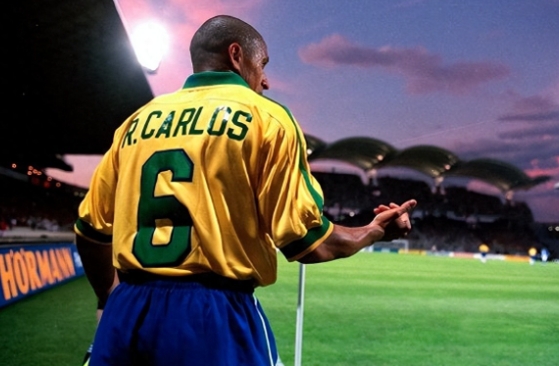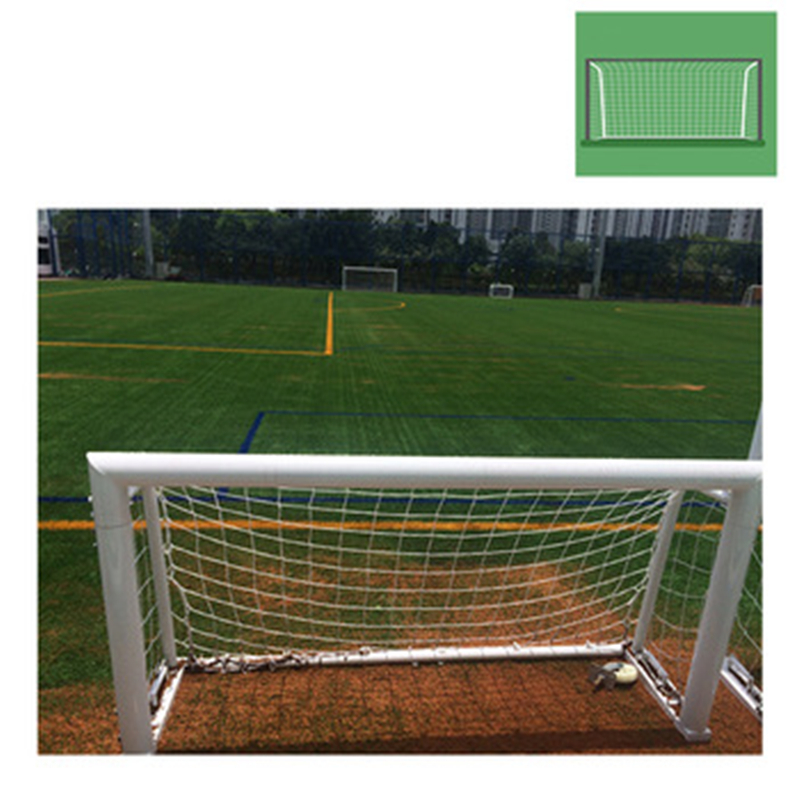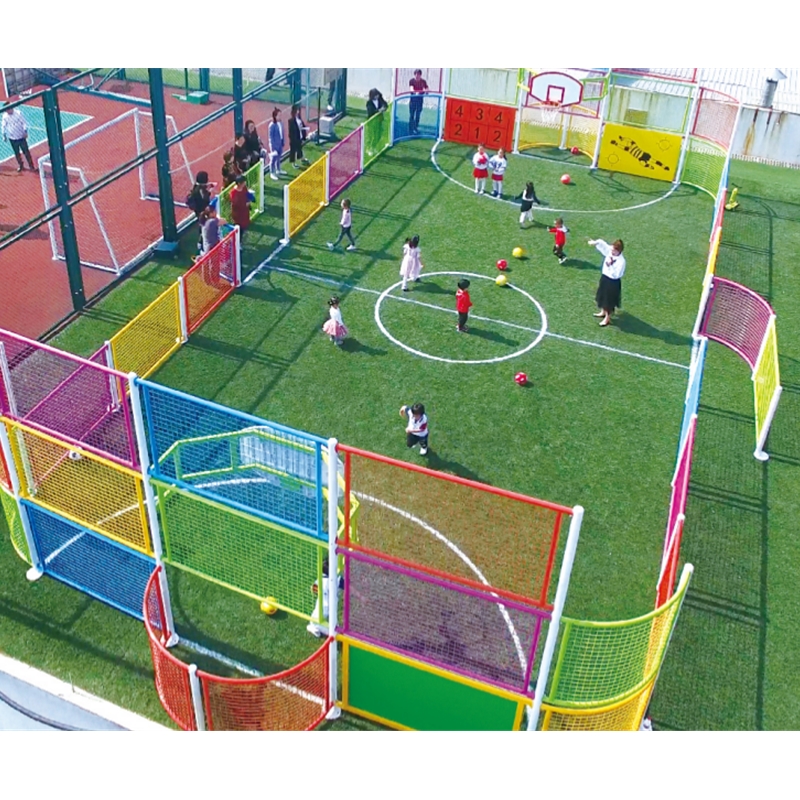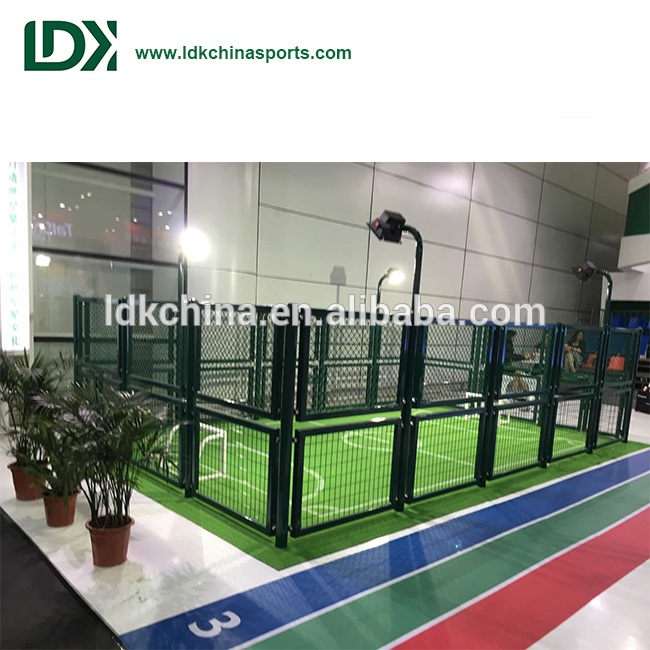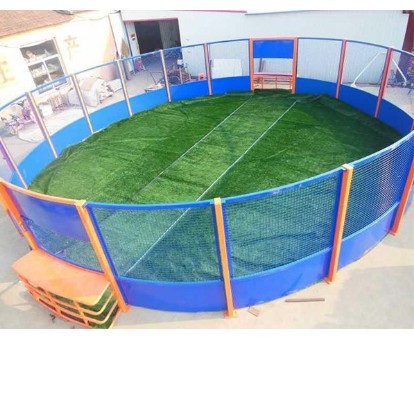The soccer world is engaged in a fierce competition to discover young talented players, but even the top clubs do not yet have a set of definite and effective rules for talent scouting.
In this case, research by Britain’s Symon J. Roberts reveals an easier and more effective way to be found through the subjective evaluation of past players.
In this article, the British breeder and talent selection expert summarizes 40 traits possessed by top players and ranks them position by position.
Top 1 to 6 most important skills by position
Below is the ranking of each key attribute by position, where ① represents the most important attribute.
- Center back
①Judgment
②Header’s ability
③Defensive Moves
④Standing position
⑤First touch
⑥ Power
- Side Defender
①Shoving
②Long pass
③Passing accuracy
④Agility
⑤First Touch
⑥Acceleration
- Midfielder
①Judgment
② Technical performance under pressure
③Passing accuracy
④Standing position
⑤First touch
⑥Endurance
- Side defender
①Judgment
② Technical performance under pressure
③Long pass
④Dribbling
⑤ Agility
⑥ Endurance
- Forward
①Ability to anticipate
②Shooting
③First touch
④One-on-one ability
⑤ Speed of movement (strikers are only listed in the top 5)
Importance of judgment
From the ranking of the above mentioned qualities in each position, “mental” and “technical” qualities occupy more positions in the list.
In particular, “judgment” was ranked as the most important trait among the three positions, indicating that judgment is one of the most important elements in becoming a good player.
However, is the value of judgment correctly assessed in practice by coaches and scouts?
When assessing player errors, the German Football Association teaches coaches to first distinguish whether the error was caused by a technical problem (visible) or by an error in the judgment process (invisible).
For example, if a player makes a large number of passing errors in a game, the coach may decide to reinforce “passing accuracy” training. However, if most of the errors are in the judgment process, then improving judgment is the focus.
To be clear, this does not mean that judgment should be improved at the expense of passing technique, as the two are inextricably linked. Judgment and passing technique go hand in hand, and you can’t have one without the other.
Physical traits less important?
Looking at the rankings of traits by position, mental and technical traits take the higher rankings, with physical traits only making the list for up to 1-2 items in each position. Does this mean that physical attributes are not important in soccer?
The answer is no!
As the level of competition increases, so does the demand for physical attributes. So why are physical attributes not a big part of this ranking?
This is because the ranking is based on the assumption that players have a high level of physical fitness. Therefore, high physical fitness is the basic requirement, and on top of that, it is more crucial to highlight traits such as strength and acceleration.
What are the skills required for each position and how are they represented?
Center back
Judgment is the most important trait for center backs, and closely related to this is position selection. Rather than relying on speed to cope with fast opponents, center backs read the game situation and use their judgment to take advantage of the position before their opponents do. In modern soccer, the space in front of the goal has become increasingly small, which further emphasizes the importance of judgment.
In addition, center backs must be able to show excellent heading skills and defensive moves in front of the goal, which is an essential trait for this position.
Side Defenders
Shoveling is ranked as the first important trait, which reflects the importance of stopping opponents from passing the ball. In addition, the wingback must have the ability to make quality passes in order to be actively involved in the attack and be part of the team’s attacking play.
When a wingback receives the ball and is faced with pressure exerted by the entire opposing team, he or she will be better able to cope with the situation if he or she can improve the technique of the first touch of the ball, which will provide more options for breakthroughs and ball control, and become a key force in the team.
Midfielders
Midfielders usually play in an environment with little space and strong pressure from the opposing team, so the ability to show their skills under pressure is especially important. Judgement is essential for the effective use of technical skills.
In addition, the ability to pick a position is also an important trait, especially in modern soccer, where the ability to use and break through the “ribcage” against a compact defense is key. When receiving the ball inside the rib cage, the first touch of the ball is also very important and helps the player to quickly move on to the next attacking move.
Wide Forward
Similar to the center forward, the most important aspect of the wing back position as a midfielder is still the ability to show skill under pressure and the judgment required to support this ability.
Additionally, the ability to pass the ball and carry the ball are also cited as key attributes, with wing attackers often being asked to be more active as a starting point for attacks and to create scoring opportunities.
Two physical attributes unique to the wingback position – agility and stamina – are also listed as important traits. Agility helps to create an advantage in the transition between attack and defense, while the stamina requirement is not limited to the attack, but also reflects the importance of the wingback’s involvement in defense in modern soccer.
Striker.
The “nose for goal” is often used to describe the qualities of a natural goal scorer, but this ability is really all about accurate anticipation. Players who have this ability to anticipate and be there in time for an attacking opportunity, such as Thomas Muller, Inzaghi, Levin, etc..
In addition, qualities such as shooting, first touch, one-on-one and speed of movement are all focused on performance in or around the penalty area. These abilities are self-explanatory; strikers, as the team’s finisher, need to show quality handling in the moments in front of the goal, and the position of striker does not require an overwhelming speed advantage or absolute aerial ability.
Cultivate an eye for identifying player potential, with an eye to future coaching and talent selection
A combination of subjective past experience and the crystallization of the skills required for each position will help improve the chances of identifying potential players!
By focusing on matching players with traits, not only will you be able to help them find the right fit for their position, but you will also be able to expand their potential for development.
Publisher:
Post time: Dec-13-2024

